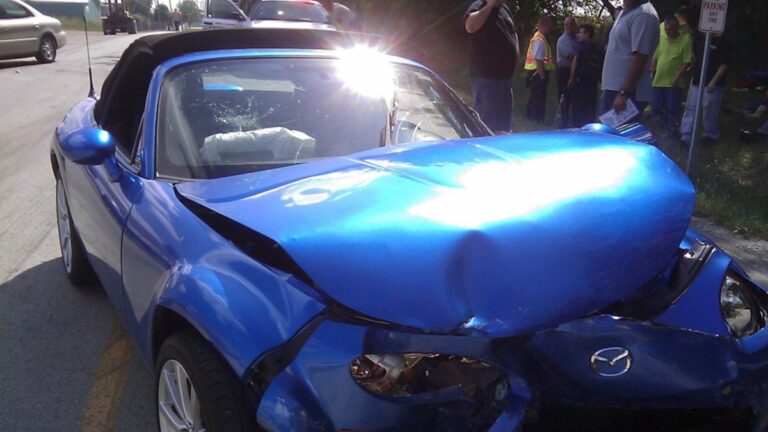What happens when a crash on the road leads to damage or injury?
Many people aren’t sure who is at fault or what comes next after an accident. Knowing how the rules work can help you feel more in control. Different crashes can mean different problems, and the laws may change with each case.
Keep reading to learn how these situations work and what they could mean for you.
How Fault Gets Decided
When a crash happens, someone has to take the blame for it. That can depend on who was driving, what they were doing, and how the crash took place.
It isn’t always easy to figure that out, especially when both drivers tell different stories. Police reports can help, and so can photos or witness stories.
For those in or near the area, car accident attorneys in Philadelphia can help prove fault. Lawyers know the local laws and can speak up when things get hard. Knowing who caused the crash helps decide who pays for the damage.
What Shared Blame Means
In some cases, both drivers share the blame when a crash happens. This means each driver made mistakes that led to the accident.
The law divides responsibility, so both drivers may pay for damage or injuries. This can feel confusing because no one is fully at fault.
Courts and insurance companies carefully study what happened to decide how much blame each driver holds. When blame gets split, it changes how insurance claims work and how money gets paid.
How Passengers Make Claims
Passengers hurt in crashes have the right to make claims for injuries or costs. Passengers usually don’t have to prove who caused the accident themselves.
Instead, they can file claims against the drivers responsible for the crash. Sometimes a passenger’s injuries affect how blame is shared between drivers. The process can get tricky, especially when more than one person is at fault.
Many passengers ask lawyers for help to understand their options. By doing so, they can make sure that they receive fair compensation after an accident.
What Pedestrians Can Expect
When a pedestrian gets hit by a car, the situation becomes serious very fast. Pedestrians often have more injuries and need medical care right away.
The driver usually holds some responsibility unless the pedestrian broke traffic rules. Pedestrians can claim damages for their injuries, pain, and other losses.
The process of proving fault may involve looking at traffic signals, witness stories, and any video from nearby cameras. Knowing what to expect helps pedestrians protect their rights after a crash.
How Insurance Handles Crashes
Insurance companies play a big role after car accidents. They review reports, talk to drivers, and decide who pays for damage and injuries.
Insurance payments usually cover repairs and medical bills, but the process can take time. Insurance adjusters look at many details to decide how much money to give.
If people don’t agree with the insurance decisions, they might hire lawyers to help. Understanding how insurance works helps people prepare for what comes after a crash.
Know What You Can About Car Accident Cases and Liability
Car accidents bring questions and problems that depend on the details of each case. The rules change based on what happened and who got involved. Courts and insurance companies look at facts to decide what happens next.
When you know how each part works, the process feels clearer. These cases shape what people face after a crash and why each step holds meaning.
Did you find this post helpful? If so, head back to our website for more informative content.

